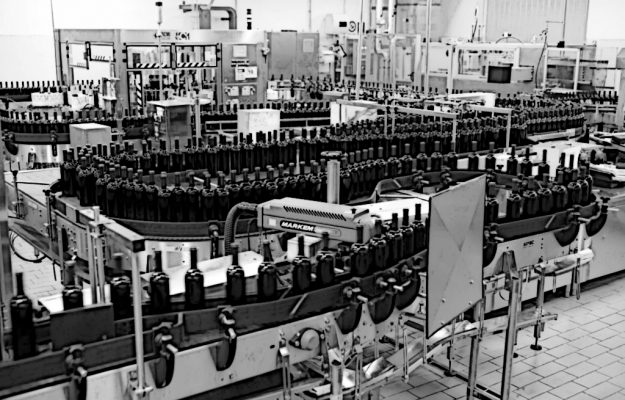The rapidly rising increase in costs of raw materials, energy and transportation had been expected and is now raging in the wine world, especially (but not only) regarding retouching mass retail price lists, whose margins are narrow. The first results came out between the second half and the end of 2021. And, as big wine names such as Ferrari, Donnafugata, Banfi, Terra Moretti, Villa Sandi, Velenosi and Di Majo Norante have told WineNews, at the beginning of 2022, costs are weighing heavily. The average increase for companies is 10% per bottle, estimating a total burden, by the end of the year, of 1.3 billion euros in additional costs, including monstrous increases in bills, raw materials and transportation. It is a competitive disaster for the Made in Italy champion sector in terms of exports and domestic consumption, which is forced to modify price lists to not work at a loss. Once again, the Italian wines union, UIV - Unione Italiana Vini sounded the alarm (the topic will be discussed in depth in the next issue of “Il Corriere Vinicolo”, its house organ). Above all, the general cost of electricity bills weighs heavily, which is expected to be 350 million euros more compared to 2 years ago. Further, added to that cost, another billion euros for expenses due to increases in transportation, paper, glass, wood et cetera. The organization, which represents 85% of Italian exports in the sector (which should close 2021 over 7 billion euros, after a 13% growth in the first 10 months of the year, ed.), fears strong repercussions in foreign trade. Italy, in fact, is the country most exposed to increases in natural gas and energy prices, compared to its French and Spanish competitors that can count on various energy mixes and more effective contrast policies. The real danger is losing market shares, not only to the advantage of new world production countries but also to European competitors.
Moreover, the measures the Government announced in support of businesses recently do not seem very satisfactory. “The decree approved last week is not enough”, said Paolo Castelletti, General Secretary of the Unione Italiana Vini (UIV). “In the short term, it should include a cut in VAT on bills and measures to lower the cost of gas, which were not provided for in the text. In the medium term, from the viewpoint of saving, the key word for a sector that is a hefty consumer of energy, is investments. The tools companies are focusing on are more efficient machinery in the vineyard and in the winery, autonomy of renewable energy sources, and more sustainable materials. In this perspective, there will be new opportunities in the agricultural chapter of the national recovery and resilience plan, PNRR, which provides an over 2 billion euro budget for this type of program. We therefore have asked the Minister of Agricultural Policies, Stefano Patuanelli”, Castelletti concluded, “the time frame of implementing the first PNRR investments and incentives on solar parks, innovation and mechanization”. According to the Unione Italiana Vini (UIV) weekly magazine’s survey that interviewed the main players of several of the top companies in the sector, today not only is the mark-up of companies at risk, which has been totally devastated by an unprecedented energy bill, but also the very survival of the companies, whose price increases far exceed their margins. Retouching price lists on new wines is inevitable and extremely dangerous, given that consumers will also be burdened with an increase of 630 euros per family for electricity and gas bills. Therefore, there is a tangible and real risk that some people will cut costs of consuming a hedonistic and luxury, and no longer primary good, as wine has been for such a long time.
Copyright © 2000/2025
Contatti: info@winenews.it
Seguici anche su Twitter: @WineNewsIt
Seguici anche su Facebook: @winenewsit
Questo articolo è tratto dall'archivio di WineNews - Tutti i diritti riservati - Copyright © 2000/2025









































































































































































































